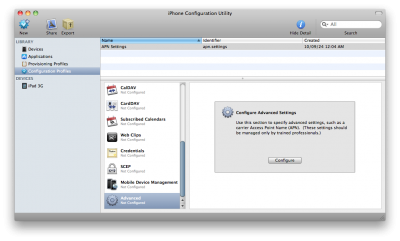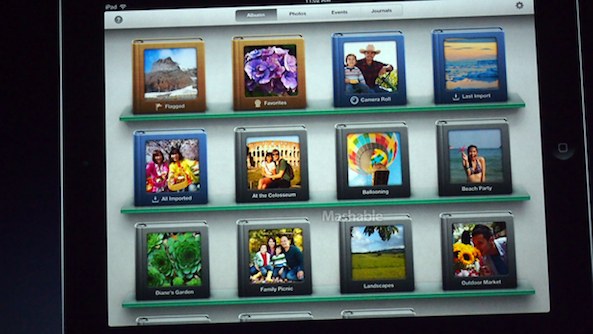When Apple announced iPhoto for iOS at the press event for the new iPad, the company chose not to make the app compatible for the first generation device, leaving many customers out in the cold.
It is of course true that many original iPad owners may be looking to upgrade this year, but for those are still happy with their two-year-old devices, there is light at the end of the tunnel, with a relatively simple little hack allowing iPhoto to be installed on their devices. As is always the case though, there is a downside to proceedings.
For those that just want to forge ahead regardless, here’s what you’ll need to do…

- First off, download iPhoto for iOS through iTunes on your computer. You’ll need the file there later, and you obviously cannot download it directly to the iPad.
- You’ll also need to download Apple’s iPhone Configuration Utility too, which is free. Install it, you’ll be using it shortly.
- Next, plug your iPad into the computer and sync it with iTunes. Once everything is finished, keep the iPad connected and fire up the iPhone Configuration Utility.
- Select the “Applications” section in the left hand pane and then click “Add” in the top bar. This will allow us to add the iPhoto app that you downloaded earlier. Find the app, and add it. If you’re a Mac user, then it will be in “Music/iTunes/Mobile Applications.”
- Now, choose your iPad – again, in the left hand pane – then select the “Applications” tab.
- Finally, scroll through your apps until you find iPhoto, and then click “Install.” Once done, you’ll find iPhoto on your first generation iPad.
Now to the downside. From here on in, syncing your iPad using the traditional iTunes method will remove iPhoto because it is technically unsupported. Whether that is an issue for you depends on how you use your devices, and whether iPhoto is a must-have app for you or not.



























